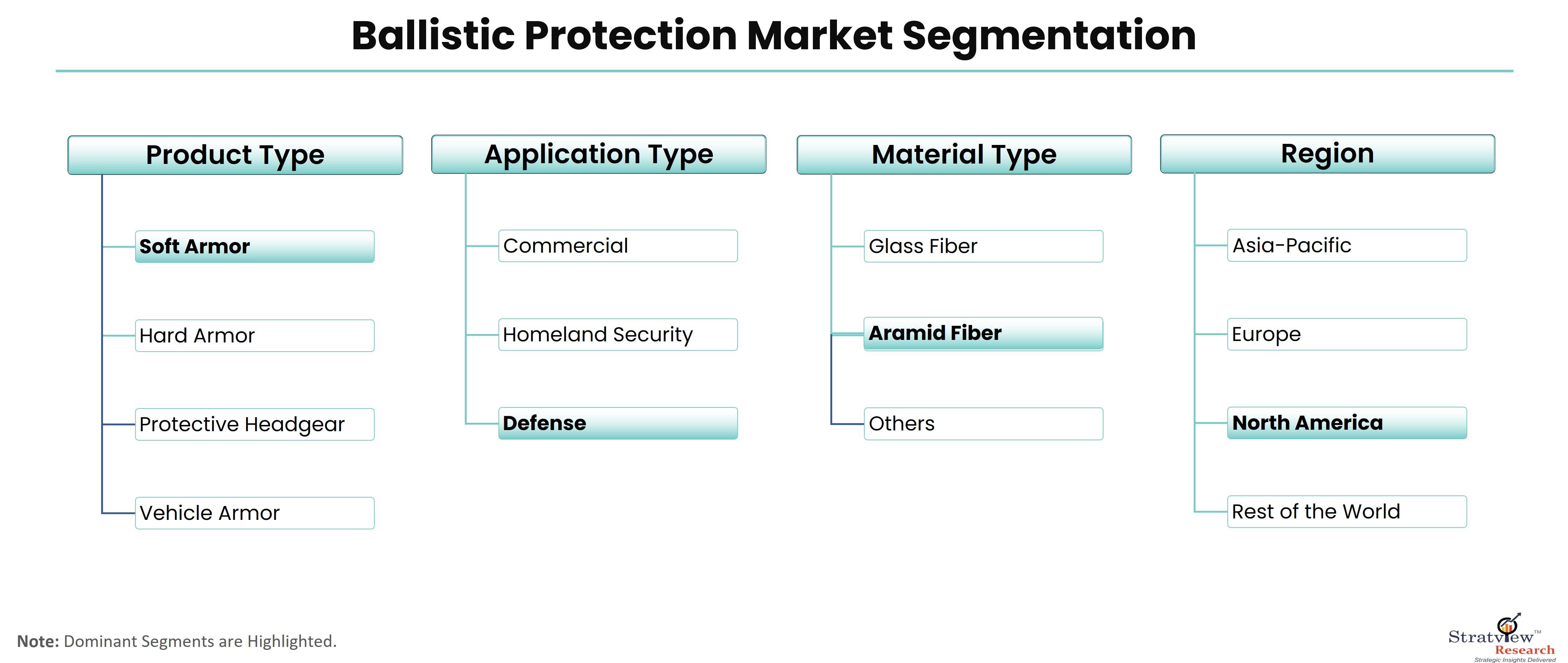The ballistic protection market is experiencing steady growth, driven by rising defense expenditures, increasing threats to national security, and advancements in protective technologies. Ballistic protection, which includes body armor, helmets, and vehicle protection systems, is critical for military personnel, law enforcement officers, and civilians in high-risk zones. As governments and private sectors invest in strengthening protective capabilities, the market is poised for expansion. This article explores the key growth drivers and emerging opportunities shaping the future of the ballistic protection market.
According to Stratview Research, the ballistic protection market was estimated at USD 12.8 billion in 2022 and is likely to grow at a CAGR of 4.6% during 2023-2028 to reach USD 16.81 billion in 2028.
Key Growth Drivers
- Rising Defense Budgets and Military Modernization
One of the primary drivers behind the growth of the ballistic protection market is the increase in global defense spending. Many nations are focusing on modernizing their armed forces and ensuring that military personnel are equipped with advanced protective gear. Countries such as the U.S., China, and India have significantly raised their defense budgets, contributing to higher demand for body armor, helmets, and vehicle armor systems. This rise in military expenditures is directly linked to geopolitical tensions and the need for enhanced security measures, fueling the ballistic protection industry.
- Increasing Threat of Armed Conflicts and Terrorism
The growing threat of terrorism and regional conflicts has amplified the need for improved ballistic protection solutions. In conflict zones, military personnel and law enforcement agencies face high risks, necessitating state-of-the-art protective gear. This heightened demand is particularly prominent in areas prone to insurgency, border conflicts, and internal unrest. As a result, governments are investing heavily in protective equipment to safeguard troops, police forces, and emergency responders.
- Technological Advancements in Materials and Design
Advances in materials science and engineering have led to the development of lighter, stronger, and more effective ballistic protection gear. Innovations in materials like Kevlar, Dyneema, and ceramic composites have enabled manufacturers to design armor that offers superior protection without compromising mobility. Additionally, modular body armor systems and integrated helmet designs are gaining popularity, providing end-users with customizable solutions tailored to specific operational needs. These technological innovations are driving demand for modern, high-performance ballistic protection gear.
Emerging Opportunities
- Law Enforcement and Civilian Applications
Beyond military applications, there is increasing demand for ballistic protection in law enforcement and civilian sectors. Police forces, private security personnel, and even journalists working in conflict zones are adopting advanced protective equipment. With the rise in civil unrest and organized crime in urban areas, law enforcement agencies are prioritizing ballistic protection, creating a lucrative market for manufacturers.
- Growth in Emerging Markets
Emerging markets, particularly in Asia-Pacific, the Middle East, and Latin America, offer significant growth opportunities for the ballistic protection industry. As these regions face escalating security challenges, governments are investing in modernizing their defense and law enforcement infrastructure, including the procurement of ballistic protection equipment. This trend presents substantial market potential for global manufacturers looking to expand their reach.
Conclusion
The ballistic protection market is set for continued growth, driven by rising defense spending, technological innovations, and increasing security threats worldwide. With opportunities emerging in law enforcement, civilian applications, and emerging markets, the industry will continue to evolve, delivering innovative protective solutions for military and non-military users alike.


